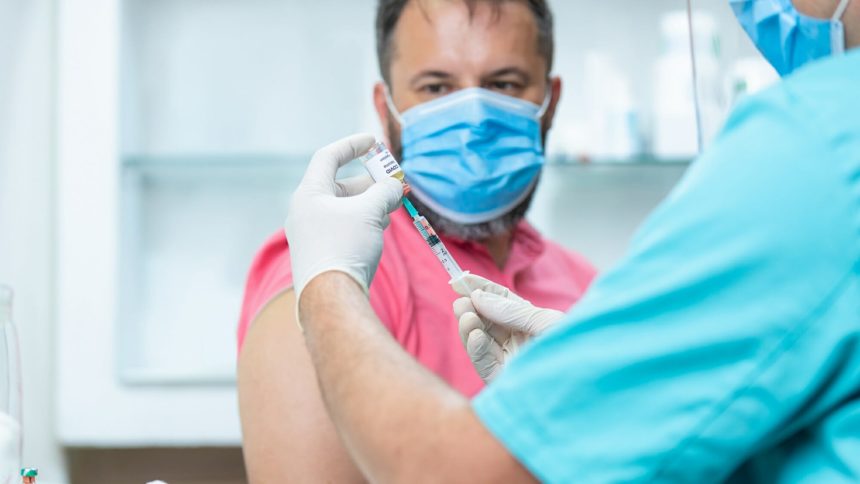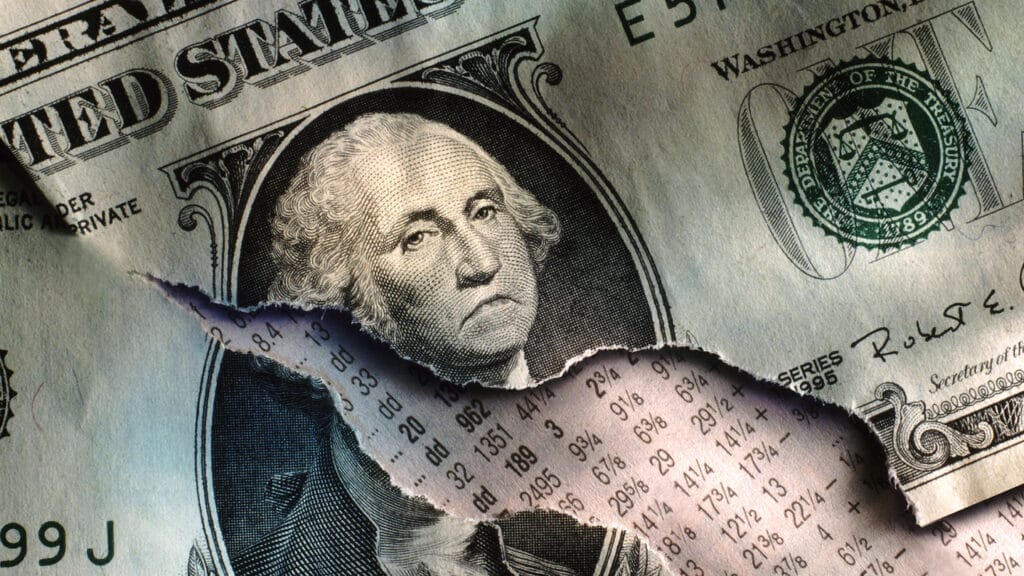
Less than two weeks after the Supreme Court blocked the Occupational Safety and Health Administration’s COVID-19 vaccine-or-testing mandate, OSHA disclosed on Tuesday that it is withdrawing the emergency temporary standard.
“After evaluating the court’s decision, OSHA is withdrawing the Vaccination and Testing ETS as an enforceable emergency temporary standard,” OSHA said in a document released Tuesday.
“Notwithstanding the withdrawal of the Vaccination and Testing ETS, OSHA continues to strongly encourage the vaccination of workers against the continuing dangers posed by COVID-19 in the workplace,” it added.
Employee flight risk
The loss of the OSHA ETS leaves one federal mandate in effect, from the Centers for Medicare & Medicaid Services. Home care providers remain concerned that staff from organizations that must adhere to vaccine mandates will flock to those that are not bound by rigid vaccination rules.
“Now, without the OSHA ETS there is a risk that home care staff that do not wish to vaccinate will simply shift over to a non-CMS provider of home care, exacerbating staff shortages at such companies. It does not look like that will change in the near term,” Bill Dombi, president of the National Association for Home Care & Hospice, told McKnight’s Home Care Daily Pulse in an email.
Home care companies not subject to the CMS rule should proceed with OSHA’s former Healthcare ETS, which offers COVID-19 infection control guidance and other precautionary measures, and follow state and local requirements, Dombi said. OSHA said in mid-December that it was withdrawing the non-record-keeping portions of this ETS.
“We are also encouraging these companies to support employee vaccinations in terms of time and cost,” Dombi said.
OSHA issued the vaccinate-or-test temporary emergency standard on Nov. 5, requiring that employees of employers of 100 people or more be vaccinated or tested regularly against COVID-19. The mandate immediately came under fire as various states filed some three dozen lawsuits against the mandate. Those suits resulted in OSHA suspending enforcement of the mandate in mid-November. But then a 6th Circuit U.S. Court of Appeals lifted a stay on the mandate in December.
On Jan. 13, the Supreme Court found that OSHA had overstepped its authority in issuing a sweeping mandate. That same day, the highest court allowed the controversial vaccine mandate from CMS to proceed. The CMS mandate applies to home care organizations subject to Medicare Conditions of Participation. Under this mandate, healthcare staff must be vaccinated against COVID-19; testing is not an option.
For the CMS mandate, staff in 26 states have a deadline of Jan. 27 for their first shots and Feb. 28 to be fully vaccinated. Staff in 24 states — which became subject to the mandate after the Supreme Court decision — have until mid-February for their first shots and March 15 to be fully vaccinated.
‘Sufficient compliance’
While it does not appear that companies will have 100% of their workforces vaccinated or with approved exemptions by CMS’ deadlines, so far, most home care agencies are showing “sufficient compliance” with the deadlines, Dombi noted.
“Still, it is very possible that there will eventually be some hard decisions by home health agencies and hospices with respect to noncompliant staff,” Dombi said. “One additional concern is that several states have bans on employee sanction or termination for failing to be vaccinated. There is a need to see conflicting requirements resolved very soon. Providers should not be put in a position where compliance with one law means a violation of another.”
This is a developing story. Please check back for updates.


